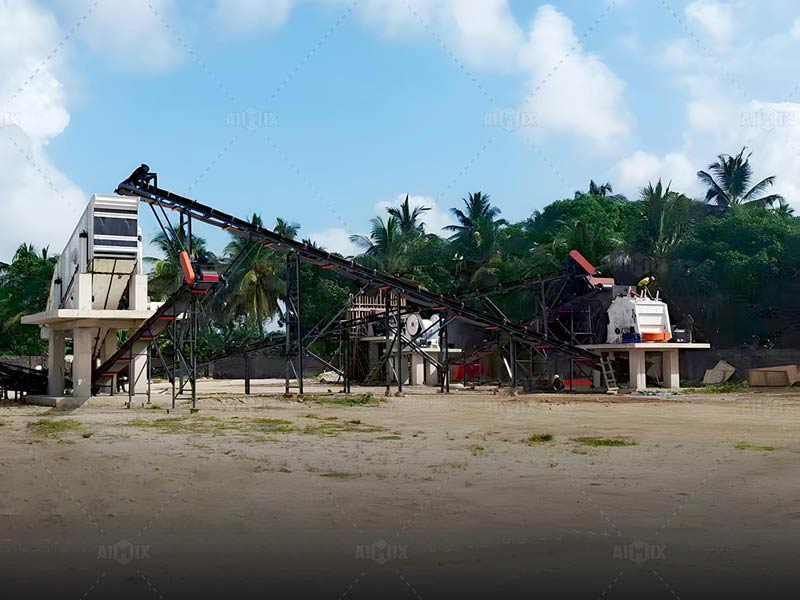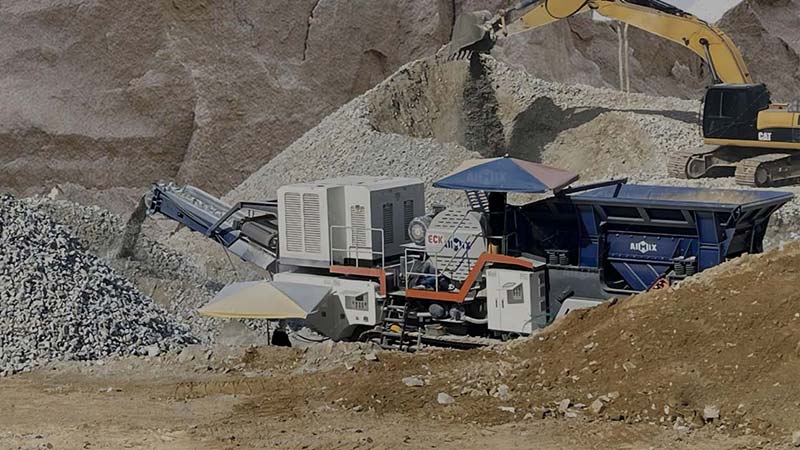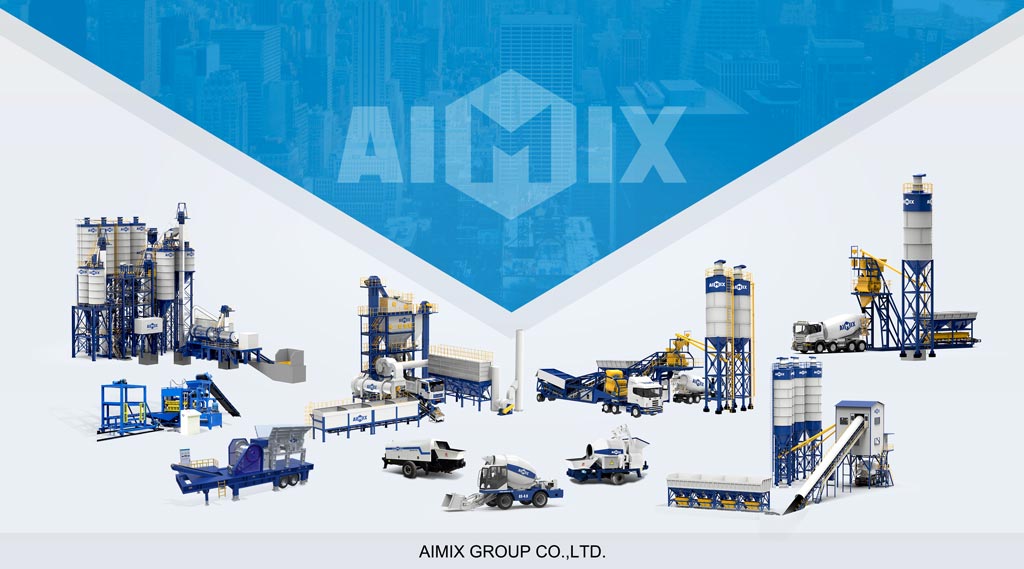Purchasing a crusher plant represents a significant capital investment, yet many buyers focus solely on sticker prices rather than the complex matrix of factors that determine long-term value. The true cost equation extends far beyond initial purchase figures, encompassing production efficiency, maintenance requirements, and operational flexibility that collectively determine your return on investment. Savvy buyers analyze six key stone crusher plant price determinants before committing to ensure their crusher plant delivers both immediate performance and lasting economic value.
Production Capacity Versus Actual Needs
Overestimating required throughput remains the most common and costly mistake in crusher plant selection. While 300 TPH plants command 40-60% higher prices than 150 TPH models, they only prove cost-effective if consistently operating near capacity. The sweet spot lies in plants sized to handle peak demand periods while maintaining 70-80% utilization during normal operations.

Crushing chamber design significantly impacts real-world throughput. Advanced models with variable geometry chambers maintain production rates as wear parts degrade, while simpler designs lose up to 20% capacity over time. This engineering difference often justifies 15-25% price premiums through consistent output and extended maintenance intervals.
Wear Part Economics and Maintenance Complexity
Crusher plants with easily replaceable wear components reduce downtime costs by 30-50%. Look for designs featuring:
-
Rotating jaw systems that distribute wear evenly
-
Hydraulic adjustment mechanisms for quick gap changes
-
Standardized components that minimize custom fabrication
Maintenance accessibility directly impacts labor costs. Stone crusher plants requiring specialized tools or disassembly for routine servicing add $15-25 per operating hour in hidden expenses. Superior designs position grease points, inspection ports, and replaceable liners for tool-free access.

Energy Efficiency and Operational Costs
Electric-driven crushing systems offer 35-45% lower operating costs than diesel-hydraulic models in grid-connected locations. The price differential typically pays itself back within 18-24 months through energy savings alone. Hybrid systems now entering the market combine the mobility of diesel with the efficiency of electric, automatically switching between power sources based on load requirements.
Smart control systems provide another efficiency lever. Plants with load-sensing technology and automatic feed rate adjustment consume 15-20% less power while maintaining optimal crushing chamber conditions. These systems add 8-12% to upfront costs but deliver continuous savings across the mobile jaw crushermobile jaw crusher plant’s lifespan.
The most economical crusher plant isn’t necessarily the cheapest to purchase—it’s the system that delivers the lowest cost per ton over its operational life. By evaluating these price factors holistically rather than individually, buyers avoid false economies and secure plants that become profit centers rather than money pits. The right balance of upfront investment and operating efficiency separates industry leaders from those constantly repairing or replacing underperforming equipment.

Comments
No comments yet. Be the first to react!